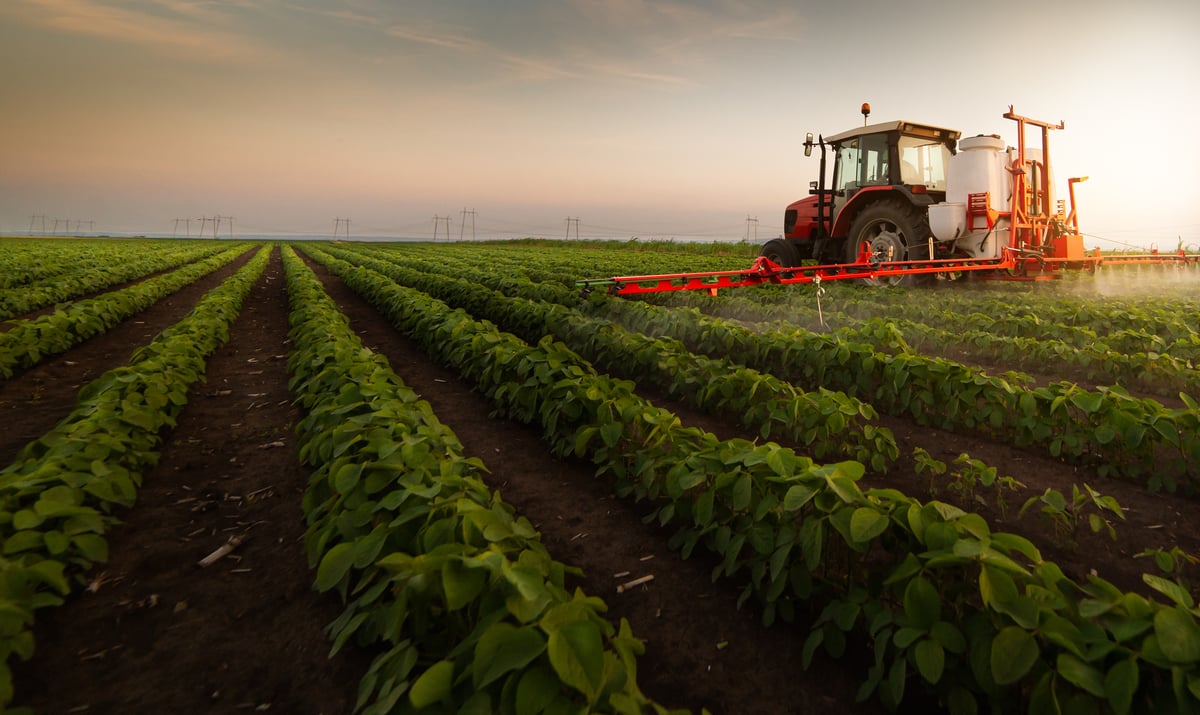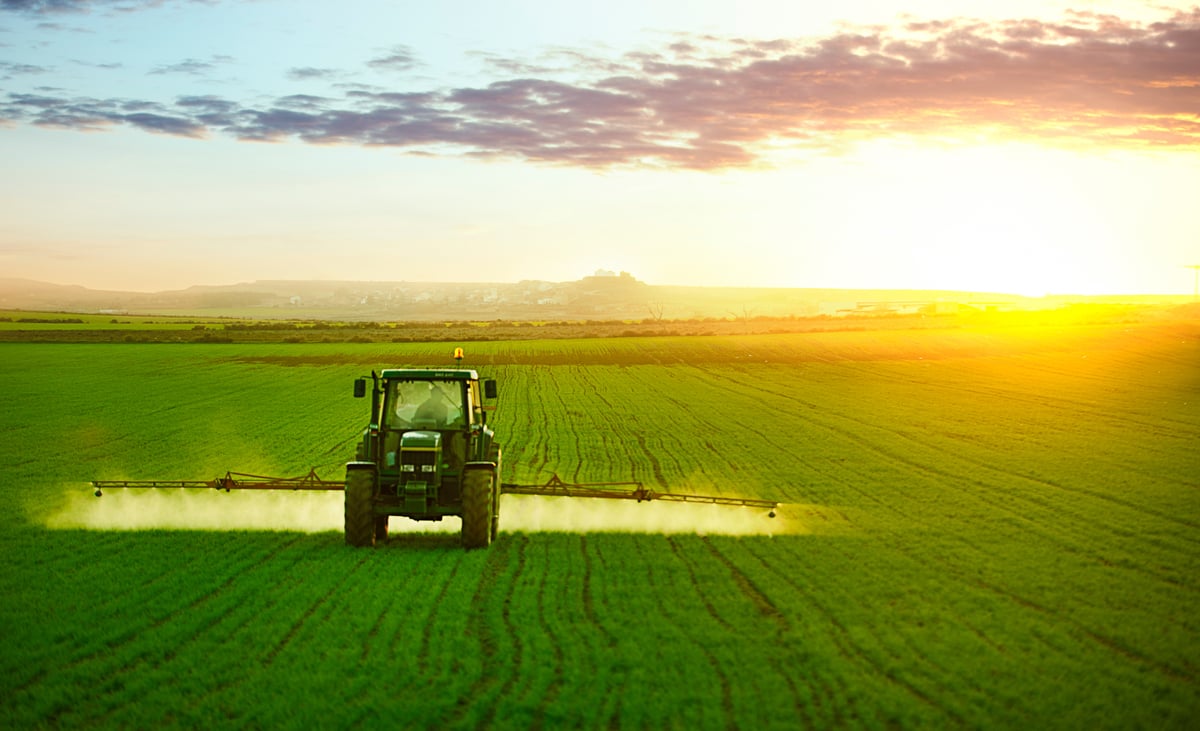The COVID-19 pandemic has taken its toll on agricultural machinery company Deere (DE +1.42%) and management was forced to dramatically reduce its full-year 2020 guidance during the recent earnings presentations.
That said, the key question the market is asking is, what about 2021 and beyond, and is the stock a good value now? The answer is a somewhat complex and frustrating one for investors.

A brand new combine harvester. Image source: Deere & Company.
Deere's 2020 guidance
As you can see in the table below, Deere didn't adjust its 2020 headline guidance during the first quarter in February, but as the COVID-19 outbreak spread, it's become clear that the global construction industry was going to be negatively affected, and you only have to look at Caterpillar's monthly retail sales for confirmation of that.
The outlook for the key agriculture and turf segment has also gotten worse, but it's not dramatically worse -- a point I'll return to later.
| Deere segment |
Current |
At February 2020 |
At November 2019 |
|---|---|---|---|
|
Agriculture & turf segment sales |
(15%) to (10%) |
(10%) to (5%) |
(10%) to (5%) |
|
Construction & forestry segment sales |
(40%) to (30%) |
(15%) to (10%) |
(15%) to (10%) |
|
Net income |
$1.6 billion to $2 billion |
$2.7 billion to $3.1 billon |
$2.7 billion to $3.1 billion |
|
Net operating cash flow |
$1.9 billion to $2.3 billion |
$3.1 billion to $3.5 billion |
$3.1 billion to $3.5 billion |
Data source: Deere presentations.
All in all, the agricultural stock is set for a profit slump in 2020, which will take it back to the levels of the cyclical trough it hit in 2016 which occurred largely as a consequence of the drop in U.S. farm income from crops.

Data source: Deere presentations, United States Department of Agriculture.
Crop prices and headwinds
Of course, the drop in income from a few years ago occurred because of the dramatic fall in key crop prices from 2013-2016.
Data by YCharts
It gets worse. As Deere's President of Agriculture and Turf Cory Reed outlined on the earnings call, there are a plethora of reasons why farmers are taking a "wait and see approach" to matters right now.
According to Reed, "near-term demand for agricultural commodities remains uncertain" because the pandemic has shifted demand for food and reduced demand for ethanol. Meanwhile, there's lingering uncertainty around China buying U.S. agricultural exports (notably soybeans) as part of the phase 1 deal. It all adds up to an uncertain environment for the company.
The bullish case for Deere
With the doom and gloom out of the way, it's worth reflecting on a few positive points for the company.
- Deere continues to make progress with its precision agriculture solutions, and it's growing its per-unit sales as a consequence.
- CEO John May argued that the advanced age of the U.S. fleet of agricultural equipment will lead to a replacement market and demand for aftermarket servicing.
- Even if China doesn't buy U.S. soybeans, the negligible difference between U.S. and Brazil soybean export prices indicates that the U.S. can find other export markets to sell into if China ends up buying from Brazil and other countries.
- As you can see in the chart above, U.S. farm income from crops is expected to remain solid in 2020, and this should support spending, should farmers take a positive view.
As noted above, Deere didn't dramatically reduce its agriculture and turf outlook for 2020, but that's partly because it's achieving success in adding value through its precision agriculture solutions.

The future of farming is digital. Image source: Deere website.
In case you are wondering, they are solutions based on using Internet of Things technologies (sensors, onboard computers, data analytics, telematics, onboard guiding equipment etc.) to enable farmers to improve productivity.
The simple (and frustrating) fact is that the underlying improvements in Deere's operations haven't really shown up in its headline numbers in a big way yet, because its end markets have been difficult in recent years. Weak crop prices, the trade war, and now the COVID-19 pandemic have all held the company back in recent times.
Looking ahead
Deere's 2020 guidance isn't pretty, and its underlying improvements are being masked by weak end demand and unfortunate circumstances. On the other hand, China will still need to import soybeans, U.S. farmers are still earning good income, and there's an underlying replacement demand for aging agricultural machinery.
Meanwhile, Deere's precision agriculture solutions are helping support growth in the future, and its construction machinery sales will surely bounce as economic activity comes back.
All told, Deere obviously faces some uncertainty in 2020, but the stock remains attractive for long-term holders, and at some point the headwinds are likely to disappear -- leaving Deere well positioned for long-term earnings growth.








